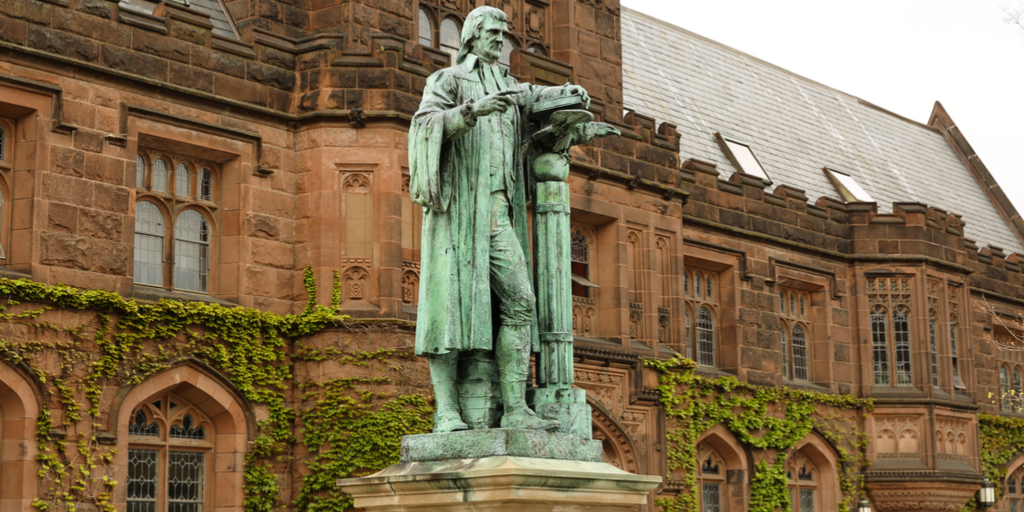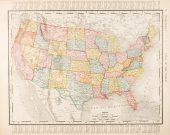The Golden Braid of Liberty and Tradition in America
Last weekend I spoke at the James Madison Program at Princeton University, the most successful countercultural institution of the right at any major university. What it does most importantly is shift the conversations on campus from those that left-liberals see as salient to other topics that do not get sufficient attention. The discussion on our panel concerned the relation of conservatism to liberalism in the American tradition and I discussed how they are intertwined.
It might be conceivable to have a conservatism that does not centrally respect liberty in a nation other than ours. But conservatives should respect tradition and America was conceived in liberty. The United States Constitution is a Whig constitution—concerned to limit the power of the government and to protect the rights of negative liberty. The Bill of Rights is best understood as securing the traditional rights of Englishmen won in the Glorious Revolution, not an innovation created by revolution of 1776. As constitutional scholars are now showing, these rights were emphatically not abstractions whose content was to be determined by philosophers, but accretions of the common law that were then crystallized by the lightning that is constitutional ratification. Our tradition thus is infused with a liberty that itself founded on tradition. It is a golden braid where freedom and history are wound inseparably together.
And this mixture of tradition and liberty shows what is wrong with theorists of both the right, like, Patrick Deneen, and the left, like Jonathan Israel, who see the Enlightenment as simply a celebration of the capacity of abstract reason to generate better social ordering on behalf of another abstraction—human autonomy. To be sure there was a strand of the Enlightenment that celebrated the swift sword of pure ratiocination. But other Enlightenment thinkers, like David Hume and Adam Smith, closer to the American tradition, were all too well aware that man was sadly limited in his ability to reason—liable to partiality, limited in altruism and foresight. For these thinkers, as Anthony Gottlieb says, in his excellent book, The Dream of Enlightenment, that Enlightenment was not the Age of Reason but the Age of Trying to be More Reasonable.
As a result, for these thinkers, reason worked best if it were exercised through strong institutions built over centuries with respect for tradition. It is a fusion that should be remembered by both conservatives and libertarians. Conservatives do not follow their own traditions, when they minimize the centrality of liberty to the American experiment. Libertarians fail to recognize the limits of reason in politics, when they maximize the enforcement of abstract rights. One of the best consequences of reviving the original Constitution is to sustain institutions, like federalism and rights that are themselves defined by tradition. These institutions are well designed to mix liberty and tradition in way that advances human flourishing.


